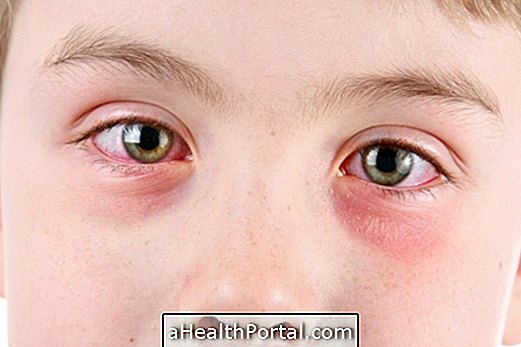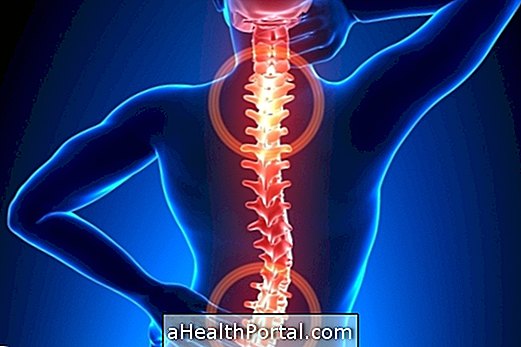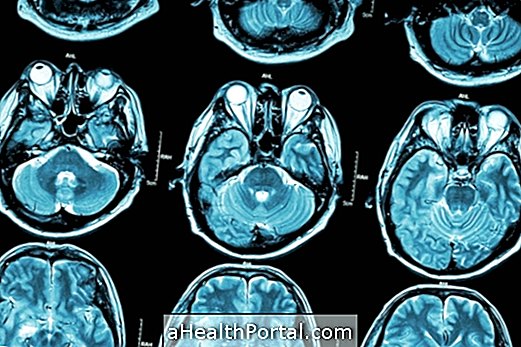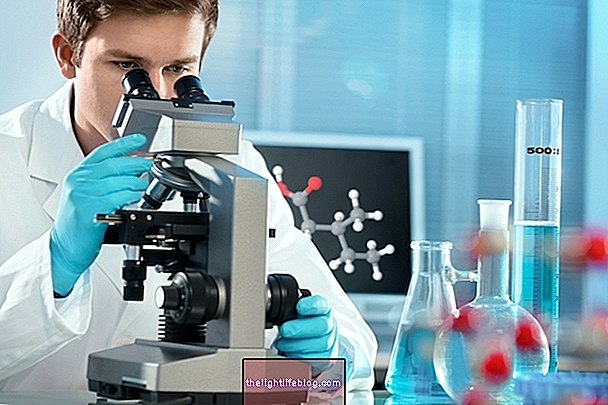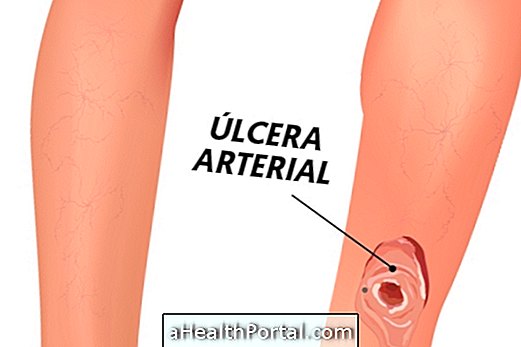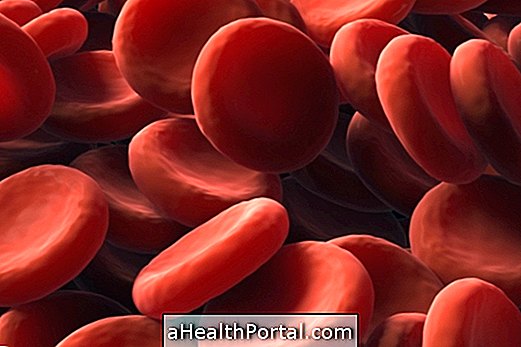Machado-Joseph disease is a rare genetic disease that causes continuous degeneration of the nervous system, causing loss of muscle control and coordination, especially in the arms and legs.
Usually, this disease arises after the age of 30, installing itself progressively, affecting primarily the muscles of the legs and arms and progressing over time to the muscles responsible for speech, swallowing and even eye movement.
Machado-Joseph's disease has no cure, but can be controlled with the use of remedies and physical therapy sessions, which help relieve symptoms and allow independent performance of daily activities.
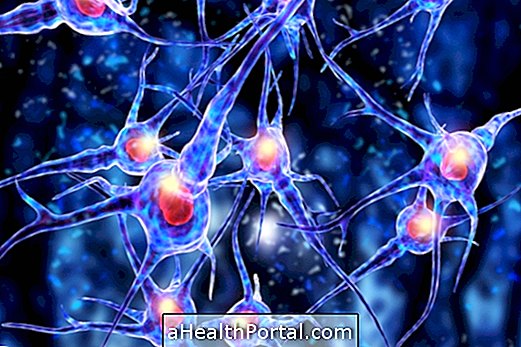
How is the treatment done?
The treatment for Machado-Joseph's disease should be guided by a neurologist and usually aims to reduce the limitations that arise with the advancement of the disease.
Thus, treatment can be done with:
- Intake of Parkinson's medicines, such as Levodopa: help decrease movement stiffness and tremors;
- Use of antispasmodic remedies such as Baclofen: prevent the onset of muscle spasms, improving movement;
- Use of glasses or correction lenses : they reduce the difficulty in seeing and the appearance of double vision;
- Food changes: they treat problems related to the difficulty to swallow, through changes in the texture of food, for example.
In addition, the physician may also recommend doing physiotherapy sessions to help the patient overcome his or her physical limitations and lead an independent life in performing daily activities.
How Physical Therapy Works
Physiotherapy for Machado-Joseph's disease is done with regular exercises to help the patient overcome the limitations caused by the disease. For this reason, during physical therapy sessions, a variety of activities can be used, from exercise to maintaining joint amplitude, to learning how to use crutches or wheelchairs, for example.
In addition, physical therapy may also include swallowing rehabilitation therapy that is recommended and essential for all patients with food-related difficulties, which is related to the neurological damage caused by the disease.

Who can have the disease
Machado-Joseph disease is caused by a genetic alteration that results in the production of a protein, known as Ataxin-3, which accumulates in the brain cells causing the development of progressive lesions and the appearance of symptoms.
Because it is a genetic problem, Machado-Joseph's disease is common in several people of the same family, presenting a 50% chance of passing from parents to children. When this happens, children may develop early signs of illness earlier than parents.
How is the diagnosis made?
In most cases, Machado-Joseph's disease is identified through observation of symptoms by the neurologist and investigation of the family history of the disease.
In addition, there is a blood test, known as SCA3, that allows to identify the genetic alteration that causes the disease. That way, when you have someone in the family with this disease, and if you take the exam, you can find out what the risk of developing the disease is too.

